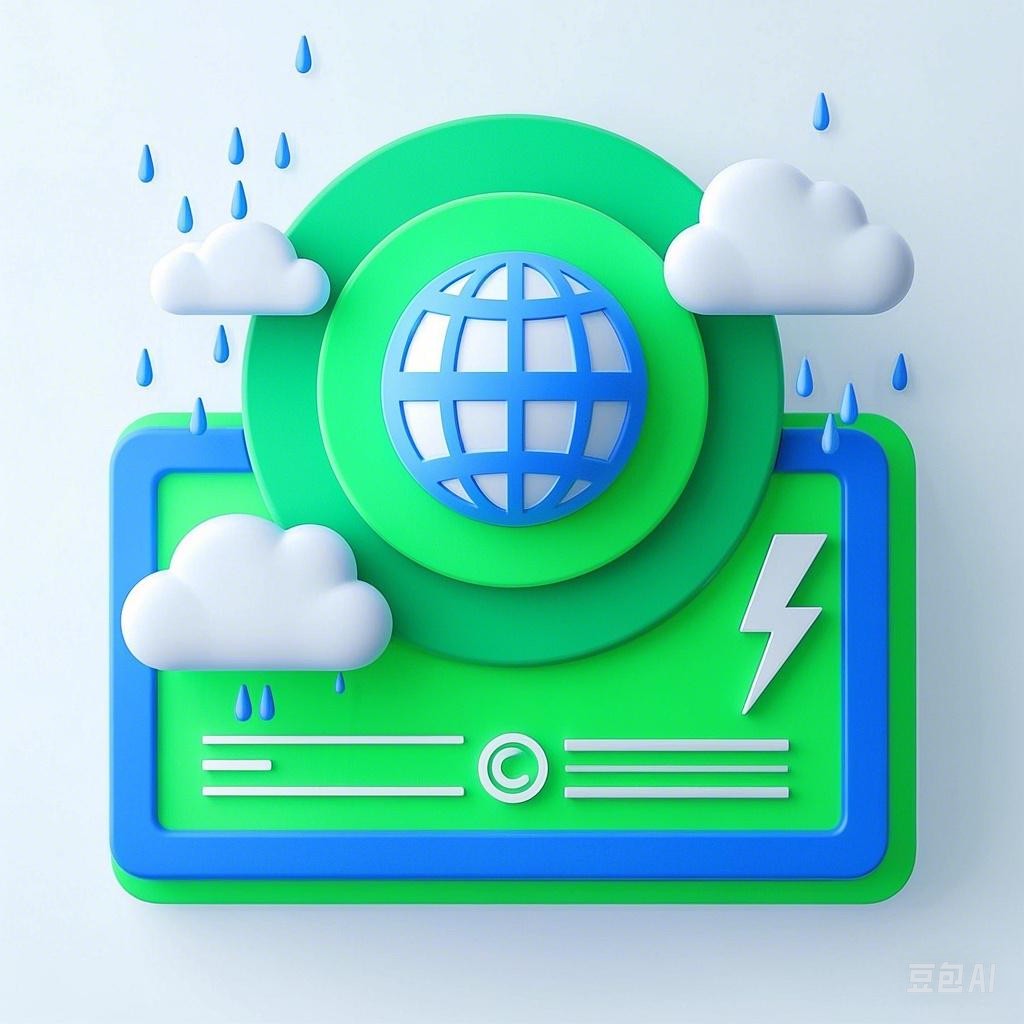Introduction
The ocean, a vast and mysterious body of water, plays a crucial role in shaping our planet’s climate and ecosystems. However, it also poses significant risks in the form of various ocean disasters. This article aims to provide a comprehensive understanding of these perils, their causes, and the necessary preparations to mitigate their impacts.
Types of Ocean Disasters
1. Tsunamis
Tsunamis are powerful waves generated by underwater disturbances, such as earthquakes, volcanic eruptions, or landslides. They can travel across entire ocean basins at high speeds, reaching coastal areas with devastating force.
Causes
- Earthquakes: The most common cause of tsunamis is seismic activity along tectonic plate boundaries.
- Volcanic eruptions: Underwater volcanic eruptions can displace large volumes of water, generating tsunamis.
- Landslides: Large landslides into the ocean can also displace water and create tsunamis.
Preparation
- Early warning systems: Implementing effective early warning systems is crucial for detecting and communicating tsunamis.
- Evacuation plans: Developing and practicing evacuation plans for coastal communities is essential.
- Public awareness: Educating the public about tsunamis and their potential impacts is vital for preparedness.
2. Typhoons and Hurricanes
Typhoons and hurricanes are powerful tropical cyclones that form over warm ocean waters. They can cause widespread destruction through high winds, heavy rainfall, and storm surges.
Causes
- Warm ocean waters: The energy required to fuel these storms comes from warm ocean waters.
- Low-pressure systems: The development of typhoons and hurricanes is often associated with low-pressure systems.
Preparation
- Building codes: Implementing strict building codes to withstand high winds is crucial.
- Early warning systems: Utilizing early warning systems to predict and track storms is essential.
- Public awareness: Educating the public about typhoons and hurricanes is vital for preparedness.
3. Storm Surges
Storm surges are abnormal rises in sea level caused by extreme weather events, such as hurricanes and typhoons. They can lead to significant flooding in coastal areas.
Causes
- High winds: The strong winds of a storm can push water towards the coast, causing a surge.
- Low atmospheric pressure: Low-pressure systems can also contribute to storm surges.
Preparation
- Elevated infrastructure: Constructing elevated infrastructure in coastal areas can help mitigate flooding.
- Early warning systems: Utilizing early warning systems to predict and track storms is essential.
- Public awareness: Educating the public about storm surges and their potential impacts is vital for preparedness.
4. Coral Bleaching
Coral bleaching is a phenomenon where corals expel the algae living in their tissues, causing them to turn white. This is often a result of increased ocean temperatures and can lead to widespread coral mortality.
Causes
- Global warming: Rising ocean temperatures due to global warming are the primary cause of coral bleaching.
- Ocean acidification: Increased levels of carbon dioxide in the atmosphere lead to ocean acidification, which can also harm corals.
Preparation
- Reducing greenhouse gas emissions: Addressing the root cause of global warming is crucial for preventing coral bleaching.
- Conservation efforts: Implementing conservation efforts to protect coral reefs is essential.
- Public awareness: Educating the public about the importance of coral reefs and the threats they face is vital for preparedness.
Conclusion
Ocean disasters pose significant risks to coastal communities and ecosystems. Understanding the causes and impacts of these perils is crucial for developing effective strategies to mitigate their impacts. By implementing early warning systems, implementing strict building codes, and educating the public, we can better navigate the perils of ocean disasters and protect our planet’s valuable resources.
